The Best Deals on Camping, Backpacking and Outdoor Gear [June 2025]
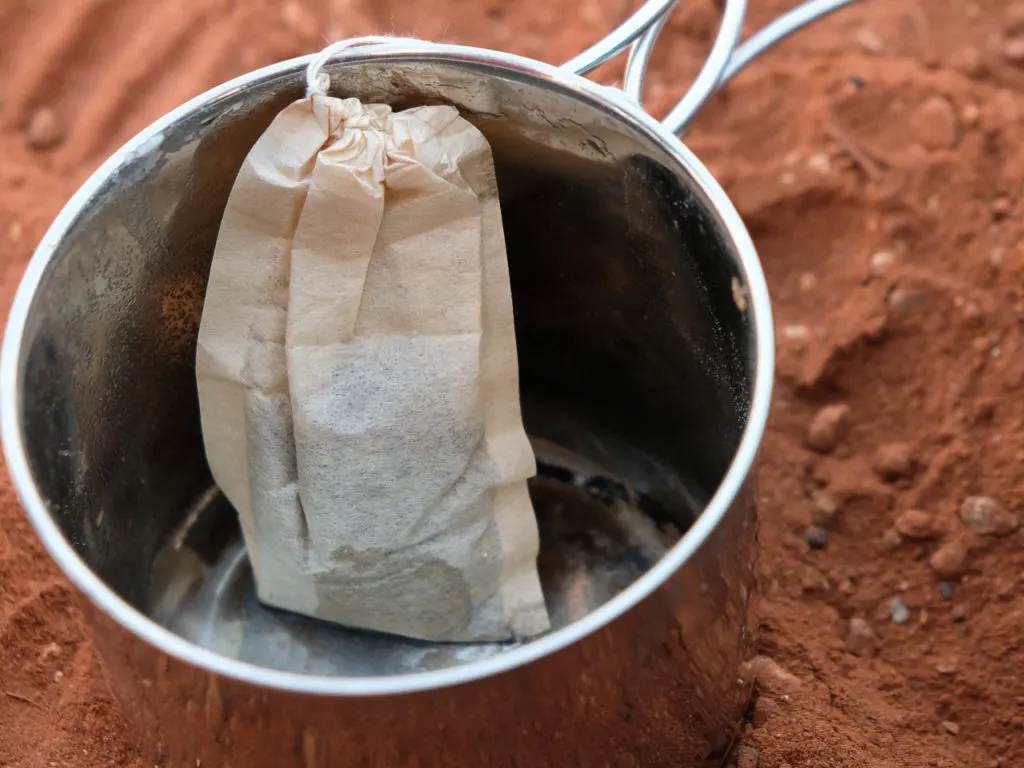
I’m addicted to coffee. It’s a problem, I know, but there are worse things to be addicted to, right? Thing is, we have a habit of drinking some pretty bad camp coffee. Instant was a staple for quite some time. I blame it on the fact that I am a minimalist when it comes to backpacking and I don’t like to carry the extra weight of complex devices (like this personal press that weighs more than I’m willing to carry). However, there are plenty of ways to make a cuppa on the trail and many of them don’t take up that much room in your pack or weigh a ton. Here are 5 ways to make coffee while backpacking or camping.
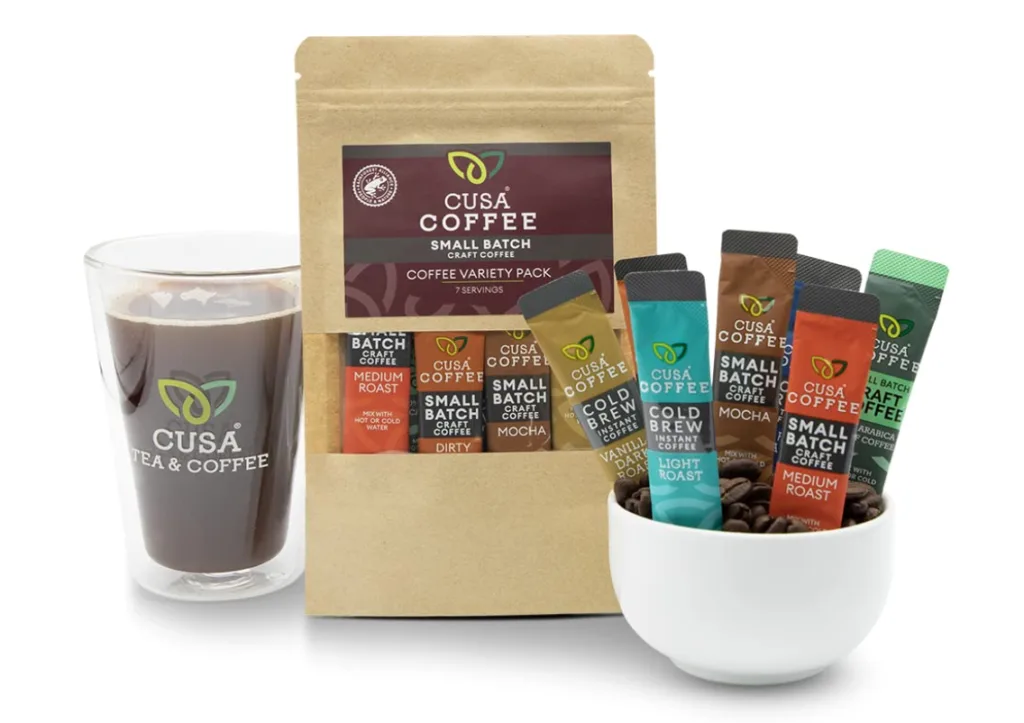
Instant Coffee
This was (and often still is) our go-to because we like to backpack ultralight and instant coffee requires no tools other than a mug and a spoon. Probably not even a spoon, to be honest, but I’m guessing you’ll be bringing one of those anyway, so I think you’re good. There’re no grounds or filters to pack out, either, so it’s light and low-waste. On the downside, a lot of it doesn’t usually taste that great (watch a video taste test we did here). Because it’s instant. The one’s that do taste great: Alpine Start and Cusa, which we can wholeheartedly recommend.
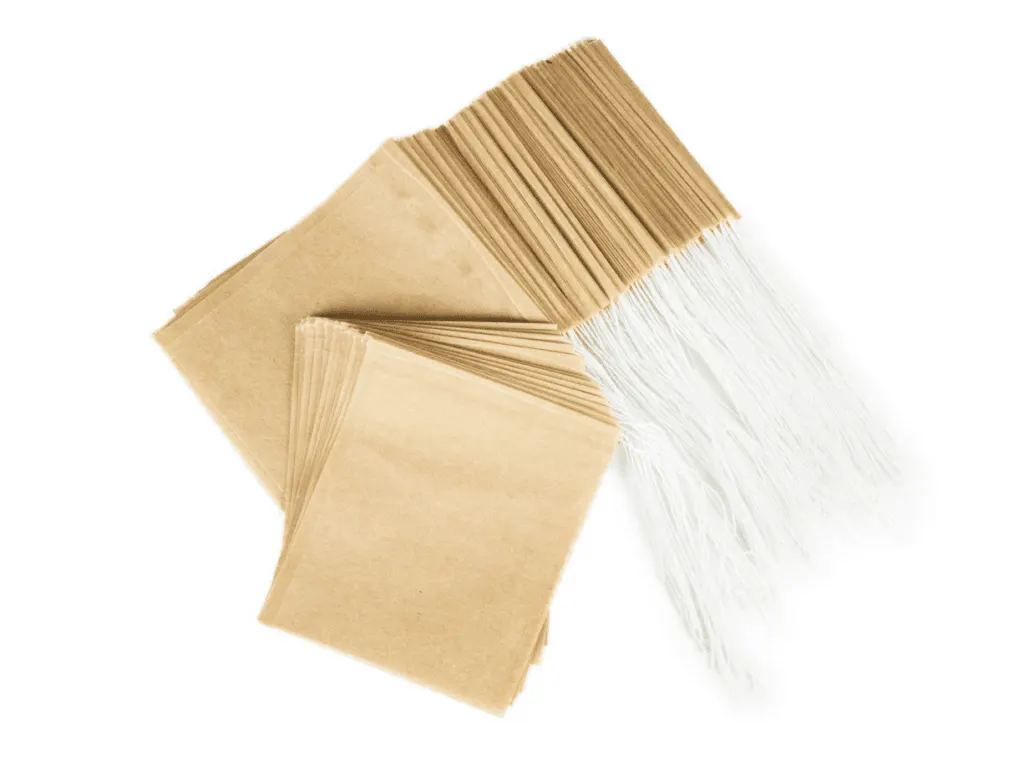
Tea-Bag Method
For a method that’s an upgrade from instant but doesn’t require much more equipment and tastes a helluva lot better, grind about 14-16 grams (or about 2 tablespoons) of coffee beans per serving before you leave home and put the grounds in a tea bag like the ones you buy when you stock up on fancy loose leaf tea. Alternatively, put the grounds in a normal coffee filter tied at the top with floss. Then just boil a cup of water and steep the coffee-filled tea bag for 4 minutes. Drink up! Of course there are pre-packaged versions of these, but we prefer to prep them ourselves with our favorite coffee in the doses we like.
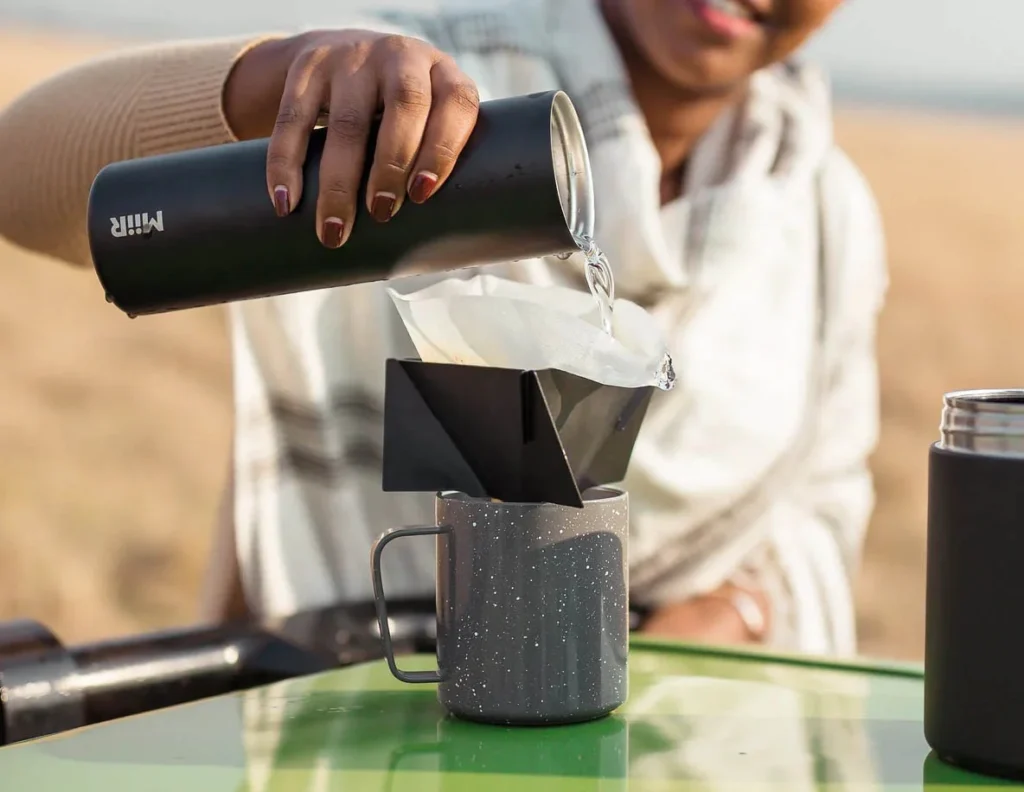
Pour Over or Drip
The pour-over method is Josh’s favorite brewing method at home (mine is a Bialetti double espresso maker, but I’m not taking that thing backpacking–although I do love this GSI espresso maker). It’s also a very effective (and lightweight) method of brewing outdoors. All it takes is ground coffee, a plastic pour over cone (we like the MiiR Pourigami, pictured above, which packs flat), and small filters. Just place 2 tablespoons of coffee in the cone, pour over about 1 cup of hot water, and enjoy! Check out our other favorite portable pour-overs here. Again, there are plenty of brands making pre-packaged pour overs like Kuju, but frankly, we’ve never had one that didn’t taste stale, under extracted, or just not strong enough. So we’ll stick with bringing our own pour over funnel and coffee.
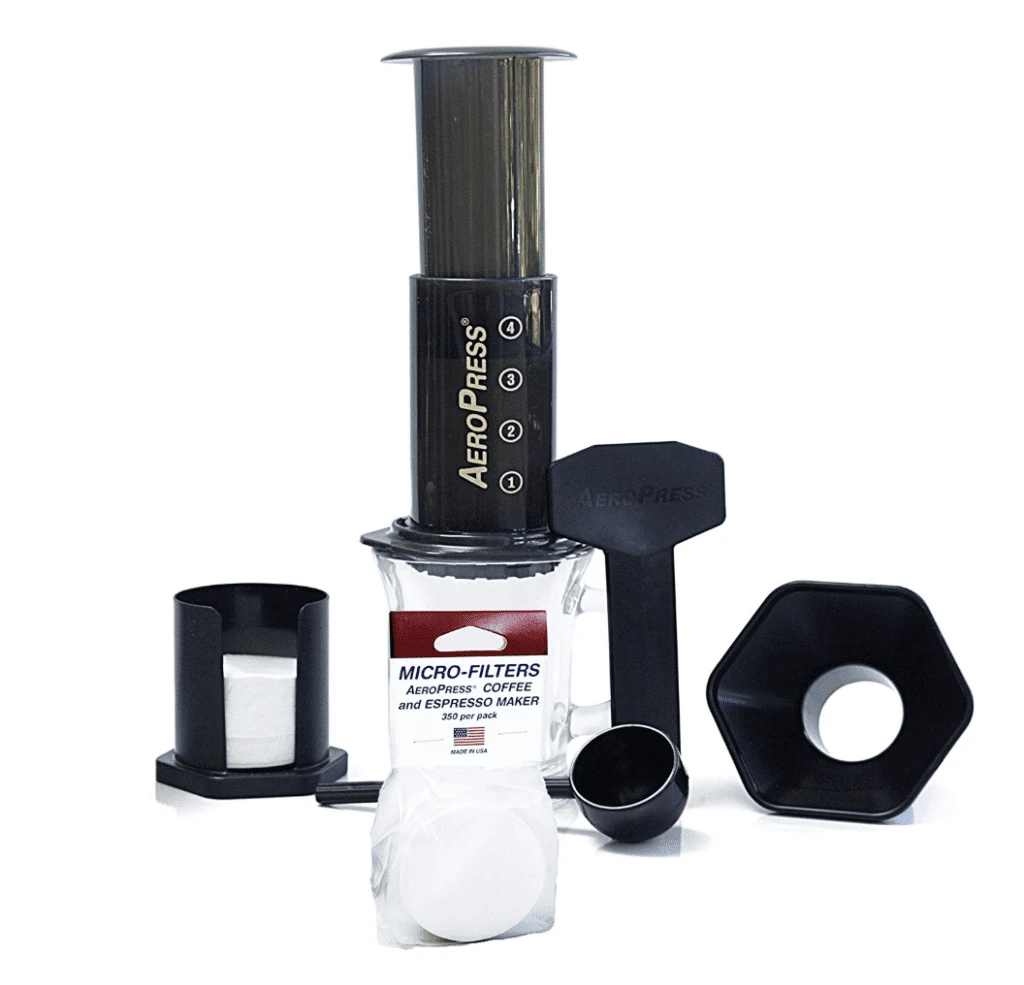
AeroPress
If you own an AeroPress, this device is a great option for making strong coffee in the backcountry. Just add coffee grounds, hot water, and a filter and you’re good to do your thing. The device itself is pretty lightweight, though it’s a weird shape and can’t be used for anything else, so I guess that’s space you’ll have to make in your pack. And if you like your coffee strong like we do, you may even consider carrying something a little bit heavier like the Wacaco Nannopresso we reviewed. For a travel espresso maker, it makes a surprisingly good shot.
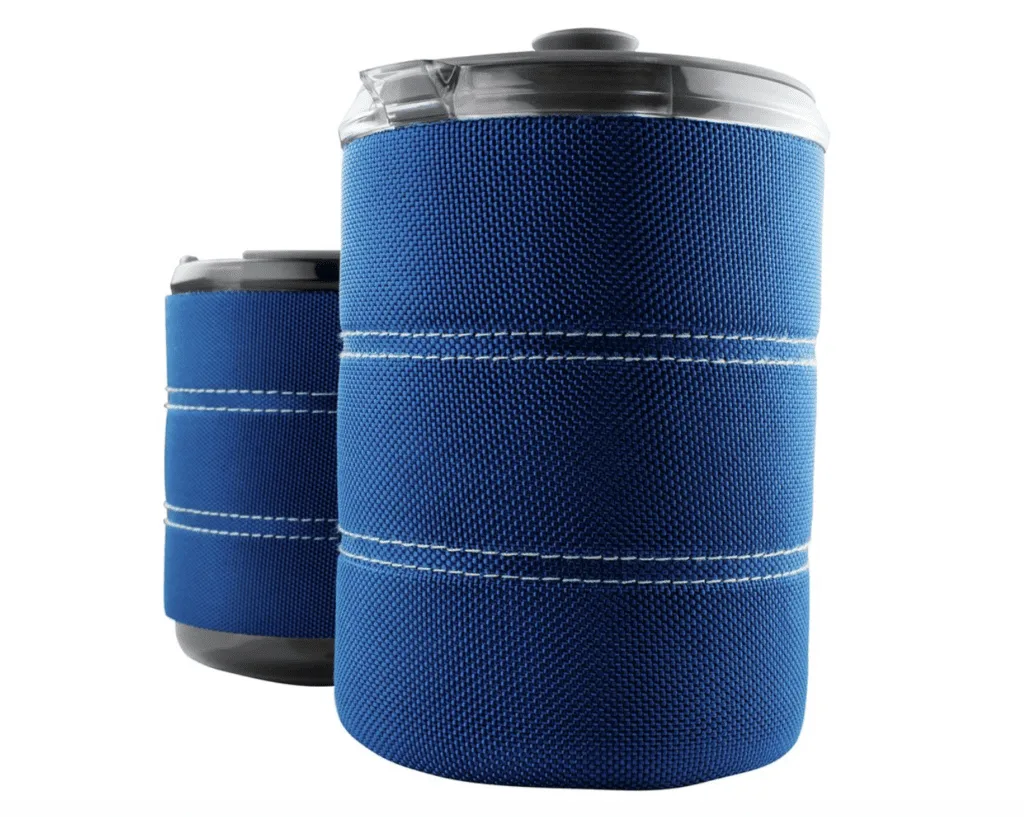
French Press
No joke, Josh carried an 8-cup Lexan French press around in his backpack for the first several years he was into backpacking. Don’t do that. Unless you are making coffee for 8 people at a time, this is insane. Instead, opt for a personal-sized French press, or, even better, one of the many backpacking mugs available that serves as a mug and a French press. They’re a little heavy, but they make great coffee and serve more than just a single purpose like a dedicated coffee press (as in, you can eat soup or drink other liquids from them).
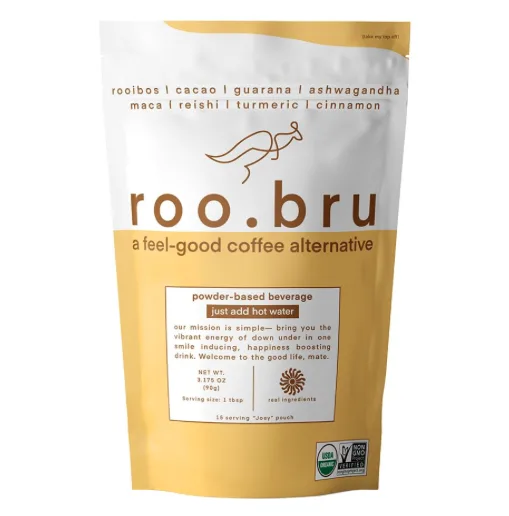
Taking a Break from Coffee? Try Roo Bru
If coffee isn’t really your thing–whether you’re taking a break from this particular form of caffeine, don’t like the taste, or whatever–but are still looking for a quality morning pick-me-up, give Roo Bru a try. The caffeine comes from rooibos tea instead of coffee beans, plus the instant-mix beverage contains ashwagandha, maca root, reishi mushroom powder, turmeric, cocoa powder, and more antioxidant and adaptogen ingredients, plus no sugar or artificial sweeteners (no sweeteners at all, in fact). Just drop a tablespoon in some hot water, mix it up, add sweetener or milk as desired, and enjoy the energy boost. This will be especially popular with tea drinkers as there’s a definite tea-forward flavor. Find it here.
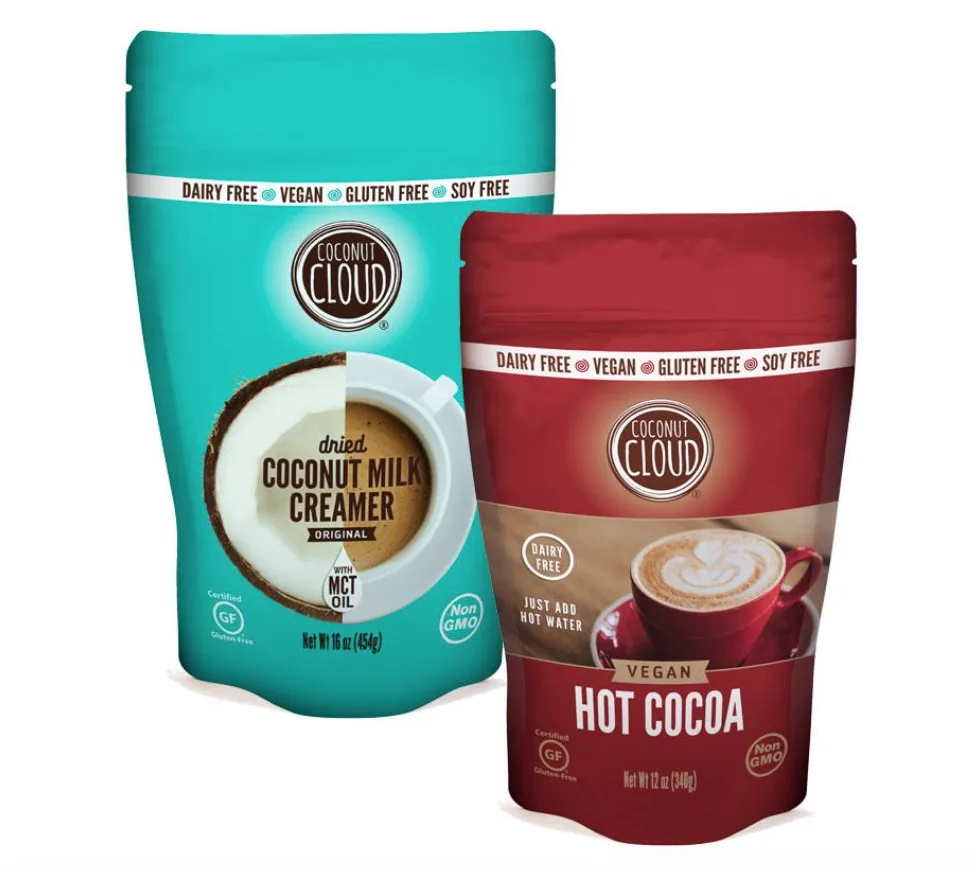
Regarding Vegan Creamer
I’m not a huge fan of black coffee. I can handle a freshly-ground cup of Guatemalan or Kona coffee sans creamer, but instant? Definitely not. And other methods of brewing using even remotely sub-par grounds? Probably not that, either. But what’s a vegan to do? “Non-dairy” powdered creamer isn’t vegan and no way am I trucking around a single-serve carton of oat milk in my pack. The solution? Coconut Cloud. They make single-serve coconut milk vegan creamer packets in several flavors. They also sell larger bags so you can dish out the creamer yourself for less waste, plus instant vegan matcha latte mix, instant vegan hot chocolate, and more. Shop here and use code “terradrift” for 10% off. And check out our review of it here.
Coffee While Backpacking: Leave No Trace
Leave No Trace dictates that, in essence, if you pack it in, pack it out. The general rule of thumb? If whatever you’re considering dumping or leaving behind wouldn’t be there if you weren’t, take it with you when you leave. That can include coffee grounds. There’s no hard and fast rule about it, but your best bet will be to either pack your grounds out or bury them. As for the filter, definitely pack that out with your other trash.
Looking for more coffee-making methods for the outdoors? Watch us make a full-blown cappuccino at the campground in this video, check out our review of the Pact Coffee portable coffee kit, and see our comparison of two portable espresso makers.
Hopefully that’ll get you started with a few ideas on how best to make coffee while backpacking or camping. If you have your own fave method, share it! Maybe it’ll become our new fave method of making coffee on the trail! Wander on!
